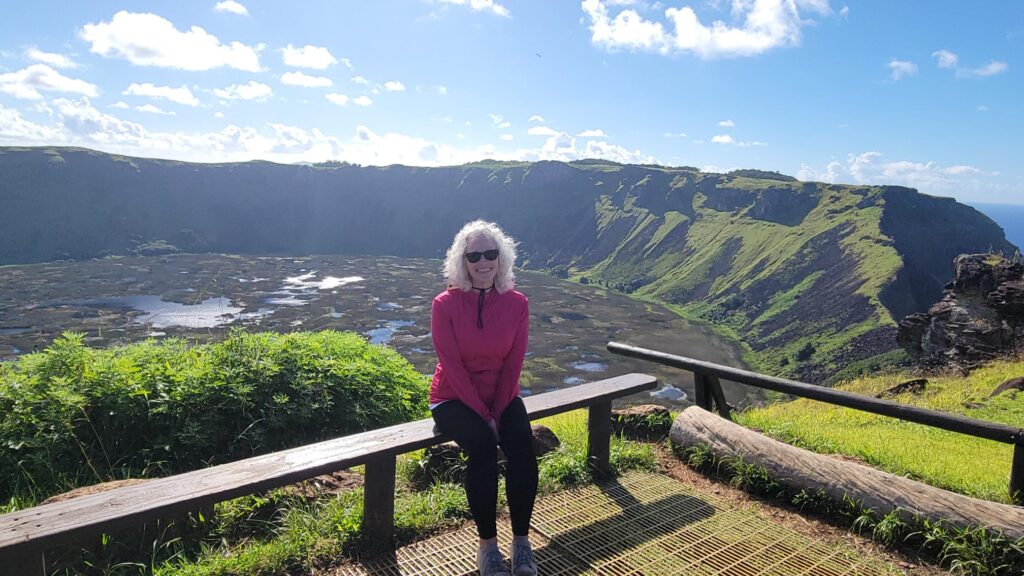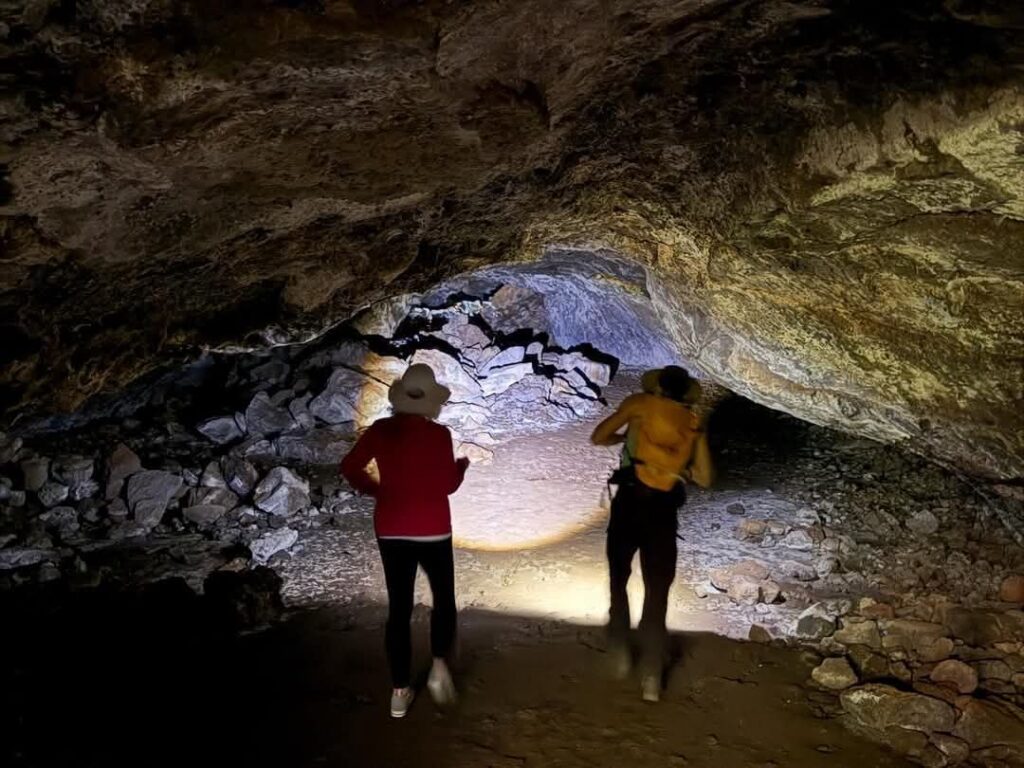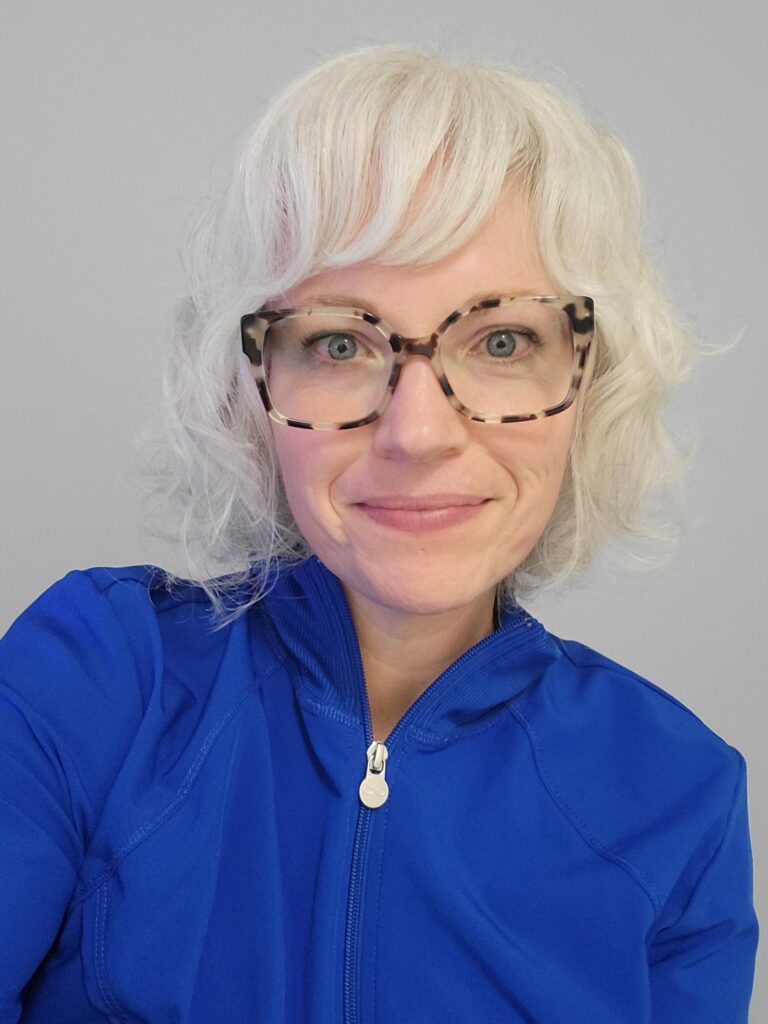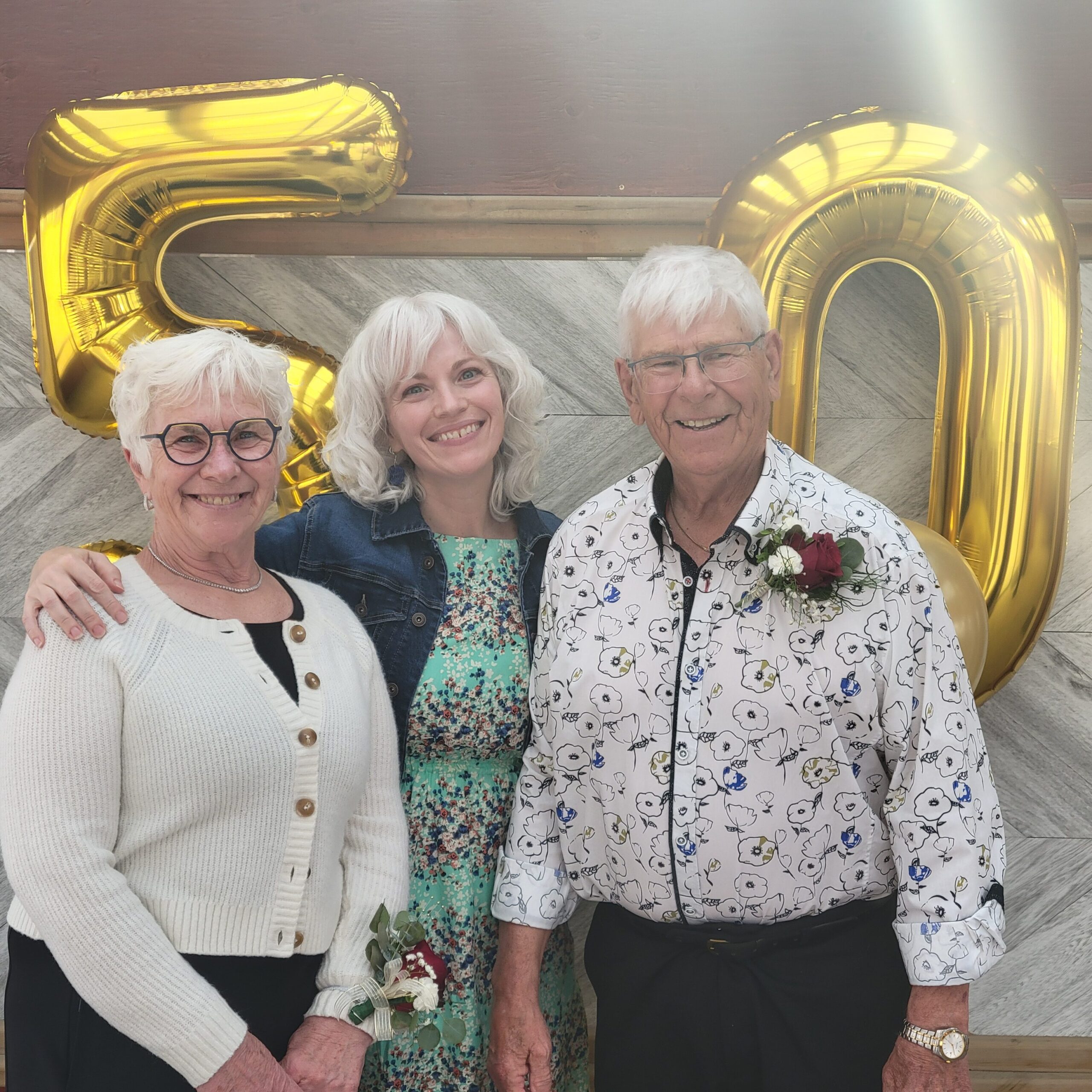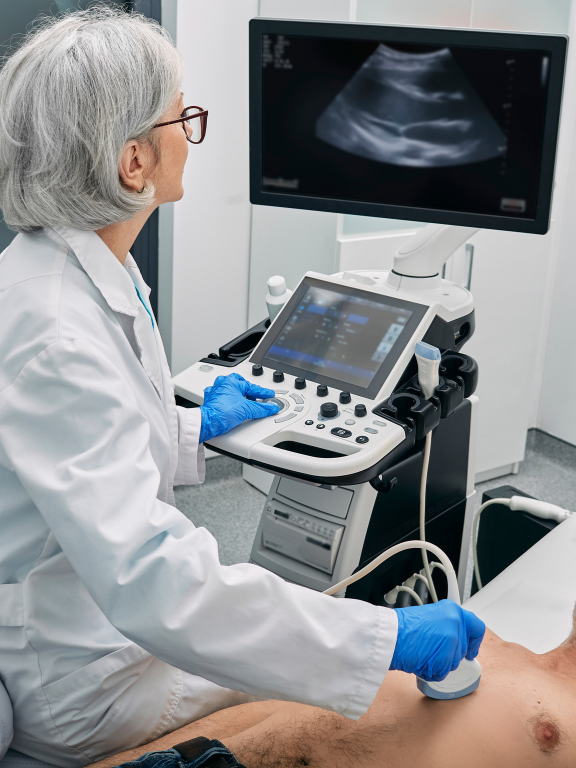With 24 years in health care (two as a medical laboratory technologist and 22 as a sonographer), Shevon brings experience, perspective, and teamwork to her role at the Brandon Regional Health Centre.
Shevon became interested in a career in health care at a young age, when she was exposed to the reality that everyone needs help at some point in their life. Growing up in Neepawa, Manitoba, she saw firsthand how those in rural communities often face additional challenges when it comes to accessing care. She was inspired to pursue a career where she could make a difference in people’s lives.
“The struggles rural patients face hold a special place in my heart. I spent my 17th birthday in the hospital during an almost month-long stay, and finding out what wasn’t wrong with me became as important as finding out what was.”
After graduating from the Medical Laboratory Sciences program, Shevon worked at Cadham Provincial Lab for two years before enrolling in the 12-month Ultrasound program at Health Sciences Centre in Winnipeg.
Her career has since taken her from Brandon Regional Health Centre (BRHC) to Alberta and back to BRHC again, allowing Shevon to expand her skills to include neonatal and maternal-fetal imaging, rectal tumour staging, prostate and intraoperative scans, and ultrasound-guided procedures such as radiofrequency ablations.
“Alberta was an encouraging, collaborative environment to work in, and I’ll be forever grateful for my almost 10 years there,” she says. “Moving back to Manitoba to be closer to family was the right decision.”
Diagnostic Medical Sonography, also known as Ultrasound, uses high-frequency sound waves to support medical diagnoses. As part of the patient care team, diagnostic medical sonographers assess patients and provide information to radiologists for diagnoses and patient health monitoring. At BRHC, Shevon says every day starts with collaboration.
“I rely on the rest of the health-care team to do my job – everyone plays a part. From clerks to porters, laundry and other diagnostic staff, there’s always an abundance of problem-solving, and often the best solutions come from within our own department.”
What keeps Shevon motivated after more than two decades is seeing how her colleagues, across all departments, continue to prioritize patients despite growing system pressures.
“Every day I see staff doing what’s best for the patient,” she says. “The system is being structured around quantity, but we know that outcomes depend on quality.”
One of the most significant challenges in sonography today is the lack of time to complete exams thoroughly and safely. Shevon explains that high workloads and reduced appointment times can affect both diagnostic quality and worker well-being.
“A sonographer needs time to complete a thorough exam. If we don’t recognize, characterize, and document findings properly, patient outcomes can be affected,” she says. “We need microbreaks to rest and stretch our scanning arms between patients, but with changes in scheduling, those breaks are disappearing. Less time means pathology may be missed, and more exams per shift increase the risk of injury.”
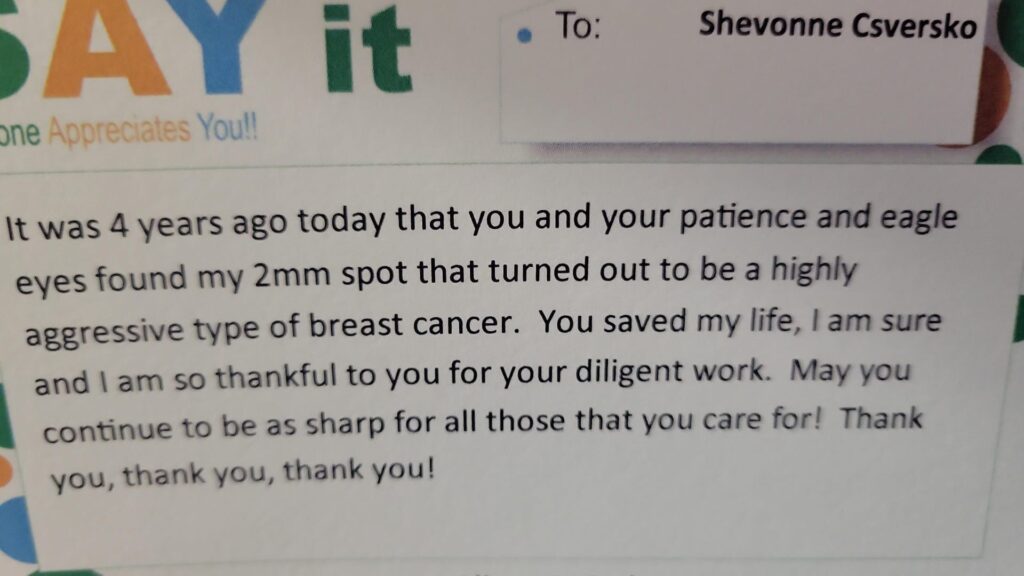
A Life-Changing Discovery
Five years ago, Shevon recognized a mass at the end of an exam, a finding that changed a patient’s life. Every year, she receives a thank-you note from that patient, celebrating her ‘found-iversary’. To Shevon, that annual note serves as a reminder of why the details matter.
“I’m not proud because I found the mass; I’m reminded of how close I was to missing it,” Shevon says. “The employer wants us to speed up, but the patients need us to slow down. I’ll be grateful to her for the rest of my career as she is my daily reminder of why slowing down matters.”
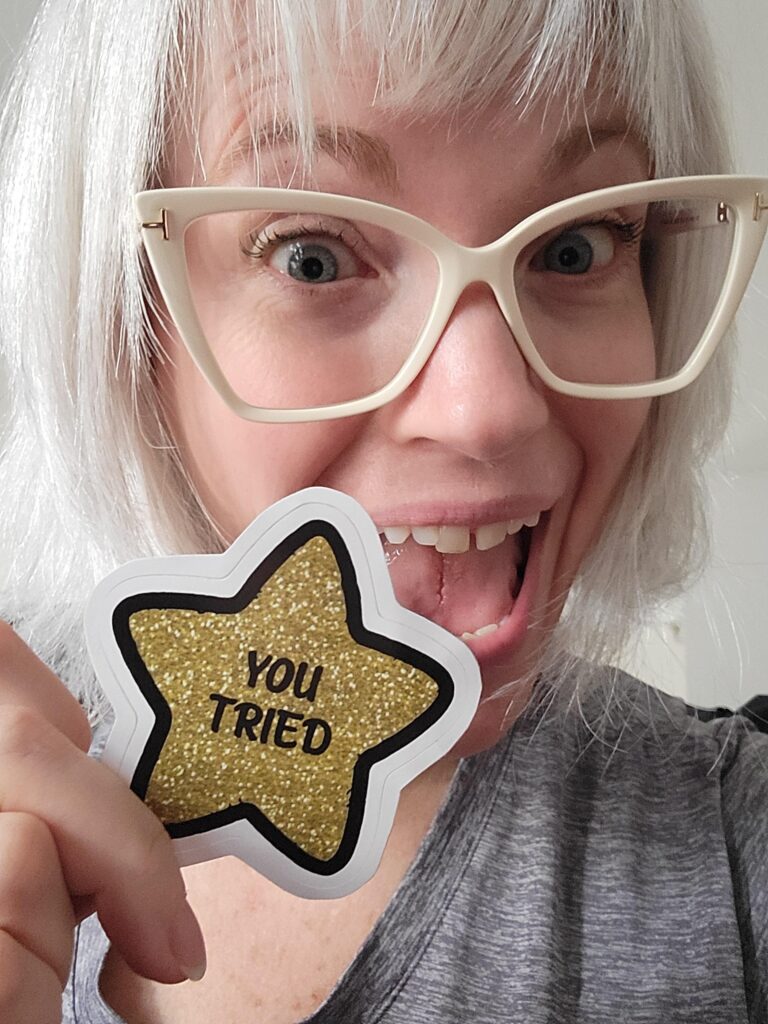
That message has become part of Shevon’s advocacy, that careful, unhurried work can have a lasting impact. Last year, Shevon used the thank-you note as an example of why BRHC shouldn’t reduce scan times for whole breast ultrasounds.
“This year, I got the opportunity to thank her for what her note of thanks potentially did for other patients.”
For those looking at a potential career in sonography, Shevon has some words of advice about the importance of patient connection:
“If you become a sonographer, you’ll spend a lot of one-on-one time with patients. The stories, jokes, and life tips are endless. I wish I’d written them all down. Never pass up an opportunity to learn something new, and remember: you do make a difference.”
Predictable Challenges
When asked about the challenges affecting Manitoba’s health-care system, Shevon reflects on how her microbiology teacher accurately predicted today’s system challenges decades ago:
“In 1997, my instructor told us that in 25 years, the health-care system would be in trouble due to population changes… The baby boomers would put an increased demand on the system. The good thing, they said, was that people in charge knew and would plan for it.”
Now we’re seeing what the system looks like when decision-makers don’t have a plan. Shevon says being proactive and investing in healthcare professionals beyond wages would go a long way.
“Supported staff are engaged. They work in safe, respectful environments. They receive the same level of accountability they are expected to provide. Supported staff are able to work longer, they want to stay in Manitoba, and they are given the opportunity to pass along priceless knowledge that only comes with experience.”

